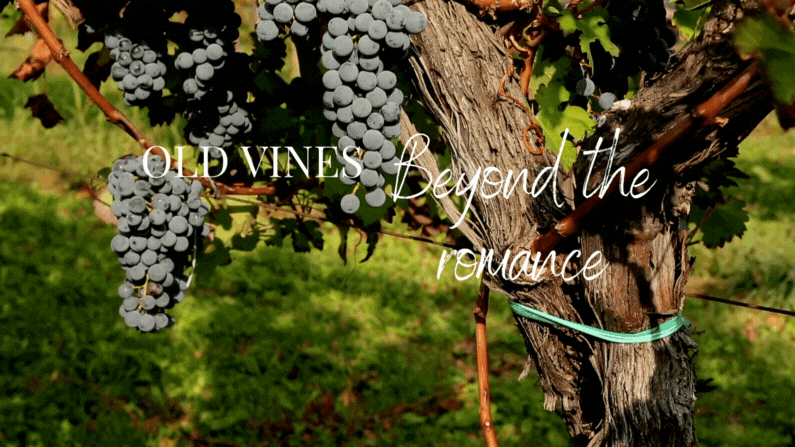
Old Vines Beyond the Romance
Their effect on wine and the future of vineyards
There is a lot of romanticism in the world of wine. An old vine is a perfect example of that. Its significance as a witness to history, culture, and its caregivers, generation after generation, is the epitome of romance.
ALSO…
Old vines are so much more than that, as producers of complex, concentrated wines, and more importantly, as a genetic treasure that can secure the future of vineyards from environmental stress and climate change.
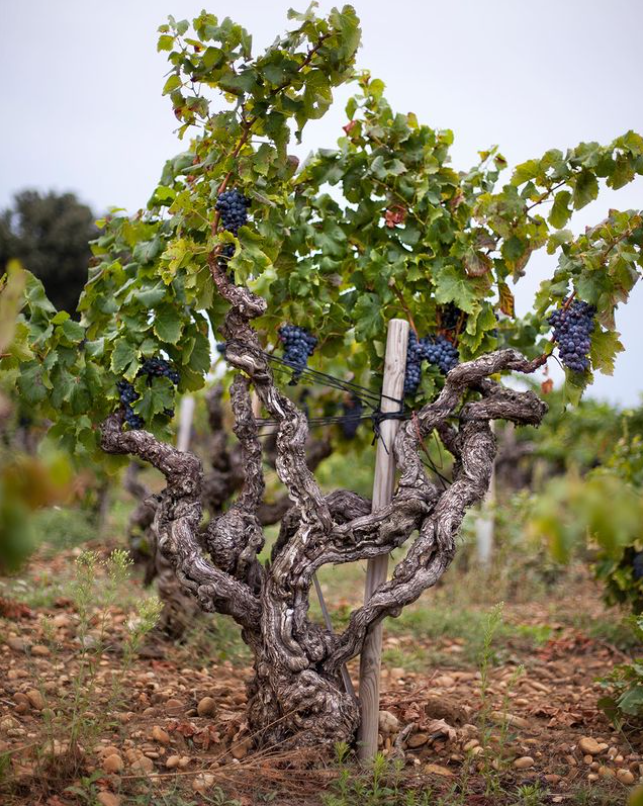
(Source: Famille Lancon)
How old is old?
The term ‘old vine’ usually appears on the label of a wine bottle without offering much more information. Other terms are Vieilles Vignes (France), Viñas Viejas (Spain), Vecchie Viti (Italy), and Alte Reben (Germany). The term ‘old vine’ is not regulated and hence there is no cut-off age officially agreed on worldwide to determine when to call a vine ‘old’.
What is agreed on, however, is that when the vine hits the age of 35, it starts to have structural changes in terms of developing a deep and wide root network and an established wooden trunk that can better reserve carbs (to serve as fuel for the vine’s growth cycle). And so, vines of 35 years and older seem to be commonly referred to as old vines.
Old vine custodians like the ‘Old Vine Project’ in South Africa, ‘The Old Vine Registry’ and the ‘The Old Vine Conference’, all non-government community led initiatives, follow that minimum age classification.
Lodi in the USA, which has a high concentration of old vines, (especially Zinfandel, Cinsault, and Carignan) classify old vines as at least 50 years old.
In Europe, Spain remains the keeper of the most classified old vines- minimum age classification ranging between 35 and 70 depending on the region – followed by Portugal.
The ‘Old Vine Charter’ in Barossa Australia also qualifies vines over 35 years as ‘old’. However, it takes it even further, classifying the vines as ‘Survivor’ vines (over 70 years old), ‘Centenarian’ (over 100 years old) and ‘Ancestor’ vines (over 125 years old). These ‘Heritage Vineyards’ are mostly Grenache, Semillon, and Shiraz.
Concentrated wines from old vines
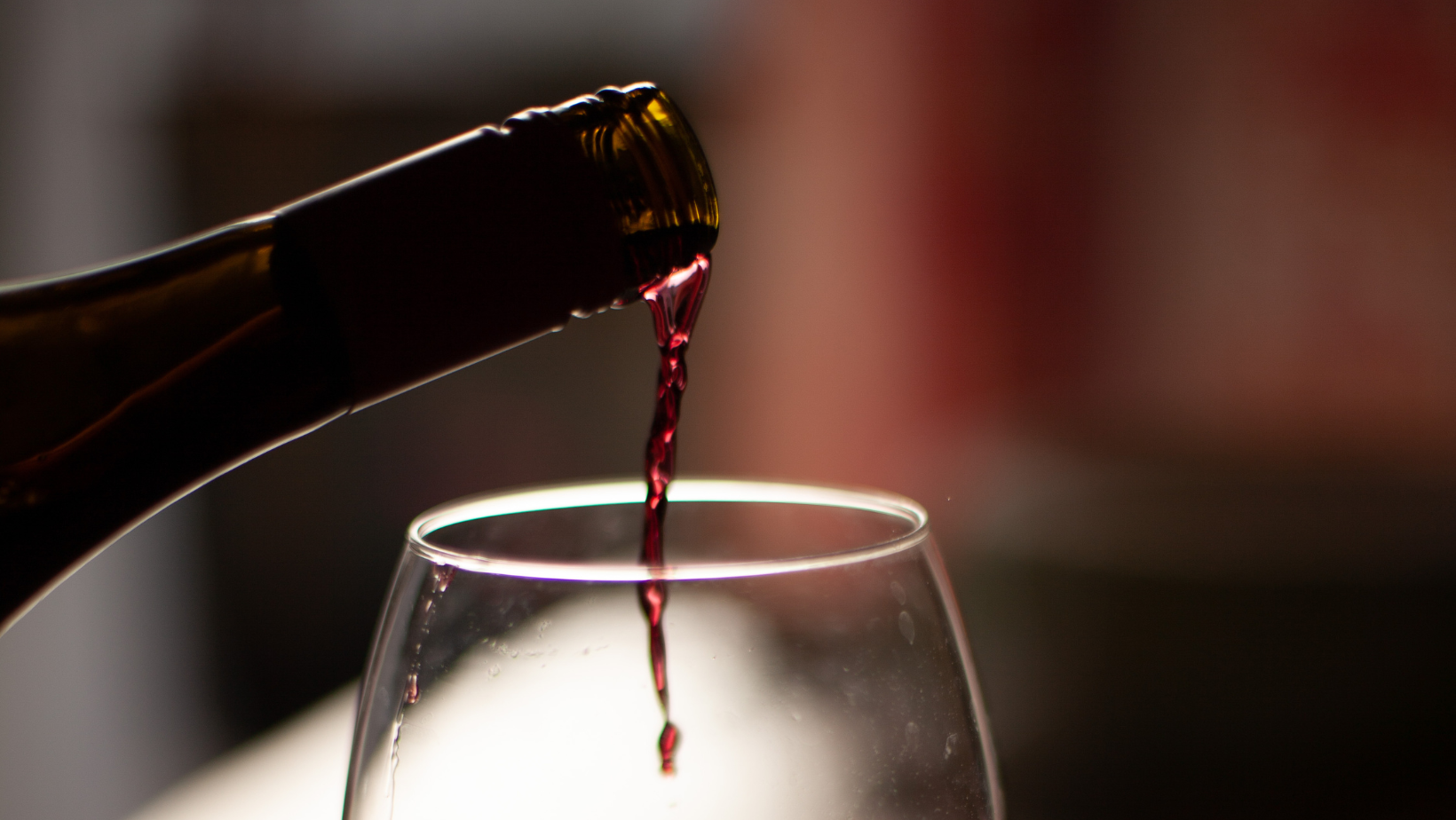
Old vines are well adapted to their environment and can produce consistent vintages, if healthy and in a suitable site. Despite this, they are generally thought to have declining yields (number of grapes that the vine carries) when the vine age is between 25 and 40 years old. This leads to potentially having grapes with more concentrated flavors. Combine old vine low yields with good winemaking, and the wine produced can be exceptional! That is not to say that young vines cannot produce very good wines as well, but experts say that old vine wines have a different vibrancy, concentration, texture, and mouthfeel that sets them apart from young vine wines.
There are also certain grape varieties that are traditionally used as blending partners that can only produce good single varietal wines when they are from old vines. This is when they can reach a level of complexity and concentration to “stand on their own”. Examples of such varieties are Grenache, Carignan, and Airén. Old vine Pinot Noir is also particularly celebrated.
The answer to vineyard resilience
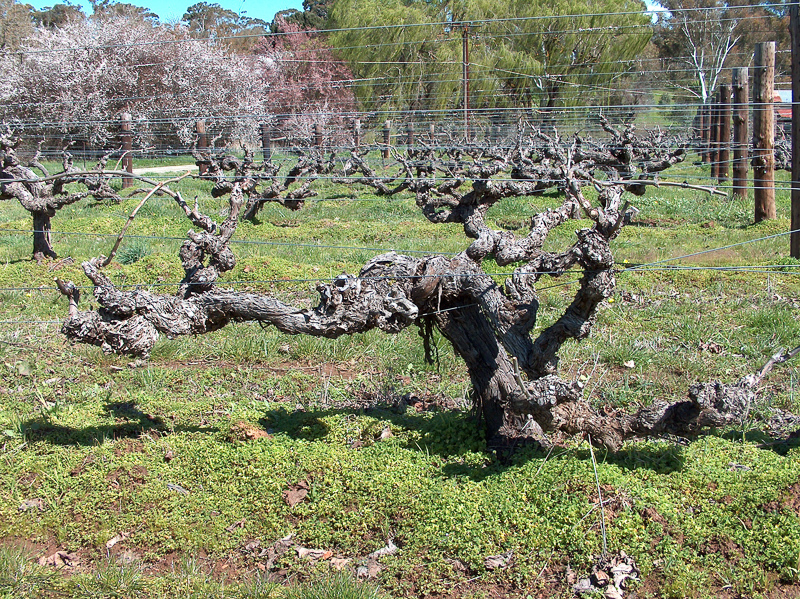
(Source: Wineanorak)
Over the decades, ancient vines have “earned their immunity” to pests, harsh environmental conditions like heatwaves, drought, flooding and climate change and they are ‘still standing’ and thriving. They now have ‘a memory’ of how to survive them and that’s how old vines contain priceless genetic material for future ‘generations’ of vines. They are currently being studied and researched to be propagated (plant new vines from the stem of old vines) to transfer this immunity and survival qualities to new vines. And in the light of climate change and the movement towards having sustainable and organic vineyards, having vines that can handle stress caused by the climate or environment is hitting the jackpot.
In addition to immunity, there are ancient vines that have unique clones of certain grape varieties like those of Malbec in Argentina and Chenin Blanc in South Africa, to name a few, that are vital to preserve and reintroduce to vineyards worldwide.
Old vine champions and custodians are not only protecting old vines but are also educating growers on the concept of “planting vineyards to age” by following the right viticulture procedures, wide planting in the vineyard, careful pruning methods, and taking care of the soil health. This is currently facilitated in places like South Africa, Australia, Italy and Argentina- where a third of the vineyards are at least 40 years old. It’s important to note that research coming out of Australia and South Africa is suggesting that these steps can even increase the production of old vines, solving their ‘low yields’ disadvantage.
Making old vines economically viable
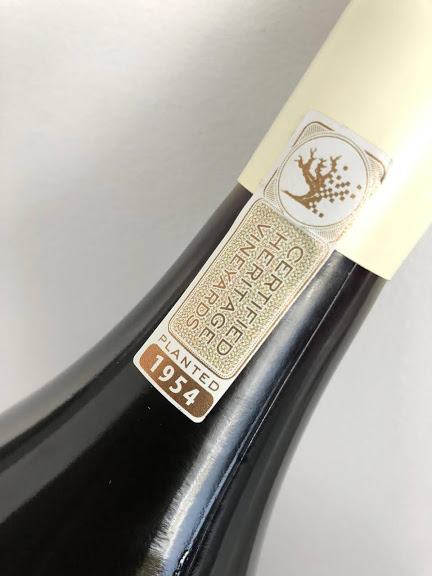
(Source: OVP)
Having old vines that “survived” means they are planted in great sites and are still producing great wines. But if old vines are so great why aren’t there more of them? Having old vineyards means an increase in management cost. That, coupled with the fact that old vines produce lower yields, makes it challenging for growers to economically justify keeping them, especially when they are paid the same for the grapes of young and old vines alike. That is why it is common for old vines to get replaced with young vines that produce higher yields, or with other grape varieties more ‘in demand’, or to get pulled out due to government sponsored schemes to rip off vines and control supply. That in addition, of course, to vines that simply didn’t get to grow old because of ‘natural causes’.
That’s where ‘custodian’ charters and community initiatives come in, to raise consumer awareness on the value of old vines and to make them more economically viable for growers. One example is the ‘Old Vine Registry’, championed by Jancis Robinson. This crowd sourced database for old vineyards around the world links the old vineyards in the database to their relative wines to be purchased directly, when possible. The registry includes approximately 3,100 vineyards from 35 countries, as of March 2024.
Another example coming out of South Africa is an initiative led by the “Old Vine Project” where eligible producers of old vine wines can have a stamp on the bottle with the vine age as “certified heritage vineyard seal”, to raise awareness to the quality of the wine and in a way justify the additional price of the bottle according to the age.
Protecting old vines by making them economically viable does not only save a piece of heritage but also save the future of vineyards that can become home for survivor vines (young and old) in the ever-increasing risk of climate change and stressful environmental conditions. And if that is not enough to save the old vines, do it for the worthy wines. The wines that Sarah Abbott, co-founder of ‘The Old Vine Conference’, has described their taste, high acidity and sense of vitality as a “light in someone’s eyes” …There’s always a place for romance in the world of wine.


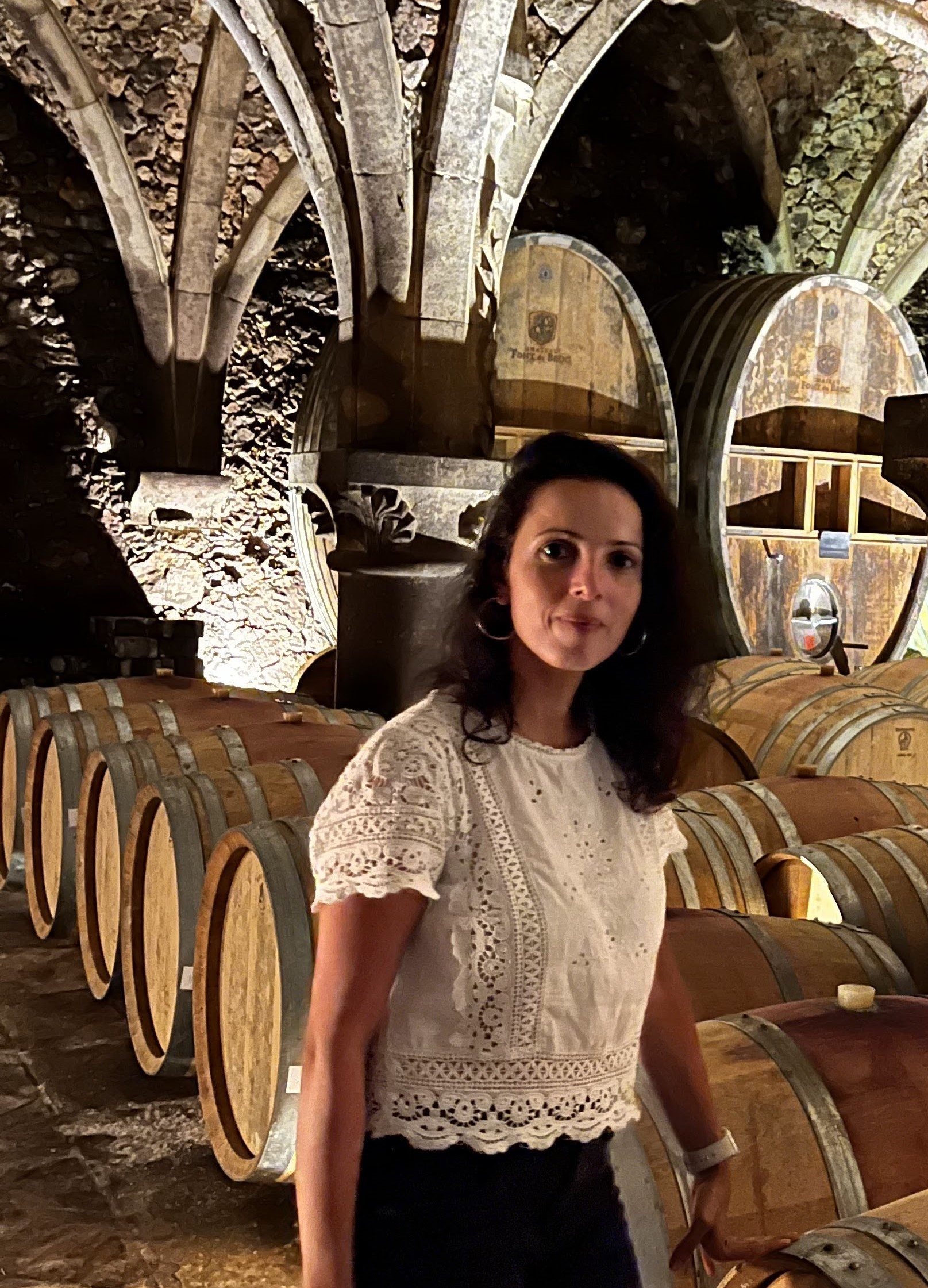
Rana is a certified WSET3 and French Wine Scholar. She is a forever student with a passion for wine stories and converting wine drinkers to enthusiasts following their own wine journeys. Rana comes from the ancient land of wine Lebanon and currently lives in Dubai with her other two passions, her kids.
IG: @thewineofthings
Website: https://thewineofthings.com


